Established in 1992, Art Taipei is the longest running art fair of its kind in Asia and has grown in importance and influence each year. In 2012 it achieved record participation from over 150 galleries hailing from 16 countries. Art Taipei 2012 is ongoing and undeniable proof that Taiwan, in one way or another, has arrived on the international arts scene.
Speaking with the Taipei Times, Eva Lin (林怡華), director of Art Taipei, suggested that the event has become a major focus of the international arts trade and a significant platform for Asian artists with an eye to the international market. This development has taken place particularly in the last five years, despite the global economic crisis.
“During the last five years, the market for contemporary art, in Asia especially, has become much more vibrant. This year will be our biggest event yet,” Lin said.
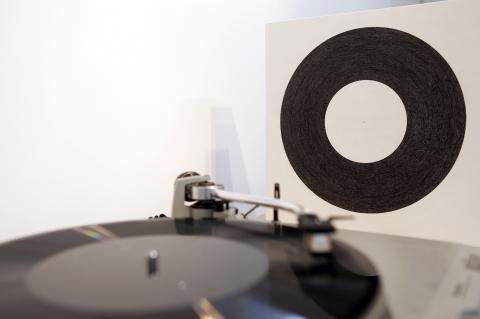
Photo courtesy of Taiwan Art Gallery Association
Lin attributed Art Taipei’s ability to survive in these rocky economic times to the nature of Taiwan’s art market, in which private collectors dominate.
Private collectors
“If we take South Korea for example, most collections are in the hands of corporations, so their interest is much more dependent on the strength of the economy. When the economy is shaky, there will be a big impact on the art market ” Lin said. “Private collectors are less affected. Back around 2009, when the global economic recession was hitting hardest, many countries suspended the holding of art fairs, but in Taiwan, we were able to hold this event as usual.”
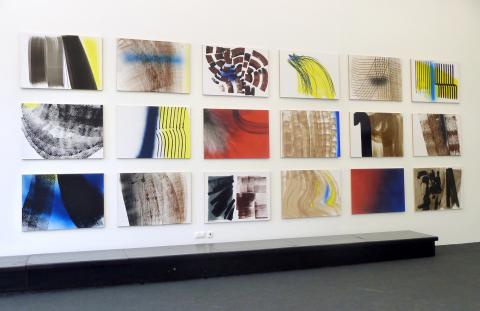
Photo courtesy of Taiwan Art Gallery Association
Taiwan has also proved itself remarkably open to contemporary influences and has embraced the work of artists working in what might be broadly termed “new media,” which includes video, digital technology and so on.
“[Japan’s] art market is more conservative, with a preference for Western masters and more traditional art media. Collectors of contemporary works are a minority. Taiwanese collectors tend to be more open minded and embrace contemporary works,” she added as a further reason why Taiwan has achieved such an important place as an entrepot for contemporary art. This year, galleries from China, Hong Kong, Japan, South Korea, Singapore, Indonesia, Malaysia, Lebanon, Australia, Russia, Greece, Austria, Germany, France, the UK and the US will be participating in the event.
Riding the China wave
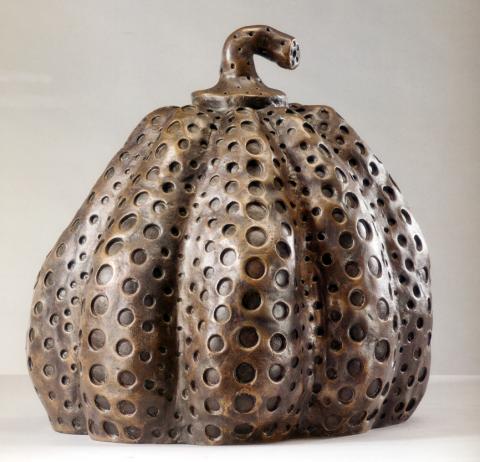
Photo courtesy of Taiwan Art Gallery Association
“Asian artists have ridden the wave created by China’s emergence onto the arts scene, and many people, whether artists, agents and dealers have come to Asia to develop their business, setting up offices in Asian cities with an aim of exploiting the enormous potential represented by the art market in Asia. In the past, it was the Western arts community who led the way, but we hope that in the future, we in Asia will have our own style,” Lin said.
Lin cites cultural diversity and the new ideas that are buzzing around the region as reasons why Asia will play an important role in the arts market of the future.
“The art scene in the West is pretty established,” Lin said. “In Asia, there are many distinctive cultures located within a relatively small area, and each of these cultures have their own unique features. For example, the background of an artist from Japan and one from the Philippines are vastly different. In the West, there are also cultural differences, but they are not so extreme as between Asian countries, and this is something that many people regard as an important factor.”
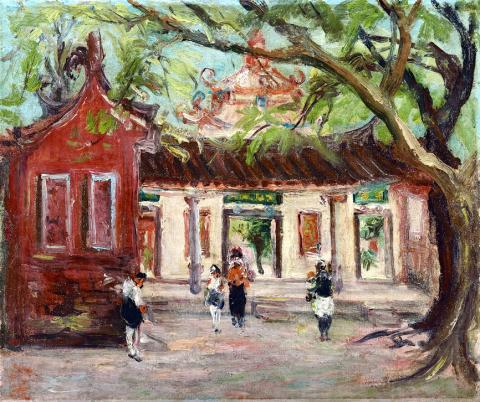
Photo courtesy of Taiwan Art Gallery Association
More importantly perhaps, Asia is now part of the mainstream, not just a source of exotic works. The regional market has grown, as collectors in Asia begin to appreciate the value of Asian art, and are gradually growing out of a slavish adherence to Western artistic orthodoxy.
Lin said that there was an increase in the regional exchange of art. “It is a trend that is gradually taking off, but still needs encouragement,” Lin said, pointing to a shift in emphasis among Taiwan collectors from Chinese works to those by artists from other Asian countries.
This year’s show looks back and celebrates the achievement of early Taiwanese artists with a special section dedicated to the works of artists such as Chen Cheng-po (陳澄波) and Liao Chi-chun (廖繼春), who, inspired by European and Japanese education, developed their own artistic style and recorded the beauty of Taiwan’s natural and cultural scenes.
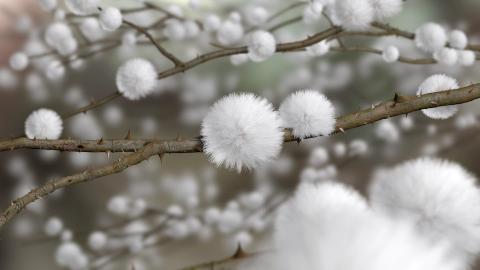
Photo courtesy of Taiwan Art Gallery Association
New media art
Looking forward, Lin said that Taiwan itself had a large proportion of artists currently working in new media. “For collectors, many are still hesitant to engage with new media, as by their nature these pieces are very different from conventional art works. … One of the things we want to emphasize for new media is that in many respects these works are easier to collect. Without special care, a painting can deteriorate quite quickly in Taiwan’s damp climate, while a CD ROM of a digital work can be preserved more easily,” Lin said.
“New media works are also considerably cheaper than conventional art works, giving them a lower entry barrier, especially for new collectors. The potential for gains on the original investment are also greater,” Lin added.
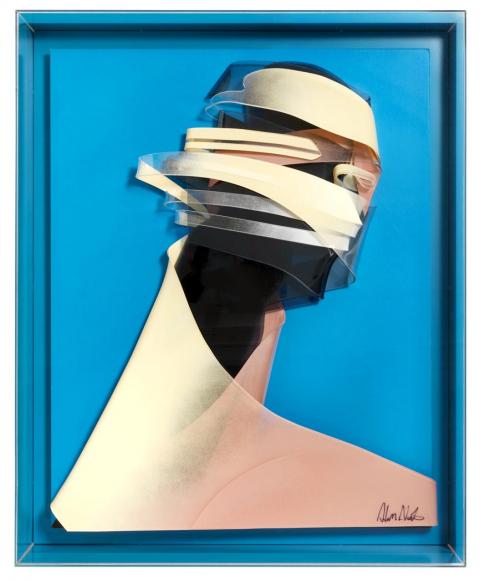
Photo courtesy of Taiwan Art Gallery Association
Lin said that last year many younger collectors took an interest in new media art. These collectors, typically in their 30s and 40s, grew up with the technologies used in new media art and are comfortable with them.
“These are works using the media of their generation,” Lin said.
Collecting for love of art
All this said, art fairs are often perceived as a venue for the super rich to drop tens of thousands of dollars, whether to adorn their mansions or as an investment. Lin pointed out that while investment is naturally part of what Art Taipei is about, collecting for the love of art is equally, if not more important. The curators have ensured that lower-price categories are also represented in the fair to provide an impetus for those entering the art market for the first time.
Lin said that Art Taipei has included numerous events to appeal to visitors with various levels of art knowledge, including talks by leading artists, to provide casual visitors with a better understanding of what art is about. To ensure that these visitors are not forced merely to window shop, Lin said that the organizers had specially requested that galleries include works selling for under US$2,000.
“Last year we had many people who bought their first original art work here,” Lin said. “Of course this is not like buying a book or a CD, but this price is within the reach of ordinary people with a bit of money to spare. This is not an event restricted to professional collectors.”

Beijing’s ironic, abusive tantrums aimed at Japan since Japanese Prime Minister Sanae Takaichi publicly stated that a Taiwan contingency would be an existential crisis for Japan, have revealed for all the world to see that the People’s Republic of China (PRC) lusts after Okinawa. We all owe Takaichi a debt of thanks for getting the PRC to make that public. The PRC and its netizens, taking their cue from the Chinese Communist Party (CCP), are presenting Okinawa by mirroring the claims about Taiwan. Official PRC propaganda organs began to wax lyrical about Okinawa’s “unsettled status” beginning last month. A Global

Taiwan’s democracy is at risk. Be very alarmed. This is not a drill. The current constitutional crisis progressed slowly, then suddenly. Political tensions, partisan hostility and emotions are all running high right when cool heads and calm negotiation are most needed. Oxford defines brinkmanship as: “The art or practice of pursuing a dangerous policy to the limits of safety before stopping, especially in politics.” It says the term comes from a quote from a 1956 Cold War interview with then-American Secretary of State John Foster Dulles, when he said: ‘The ability to get to the verge without getting into the war is
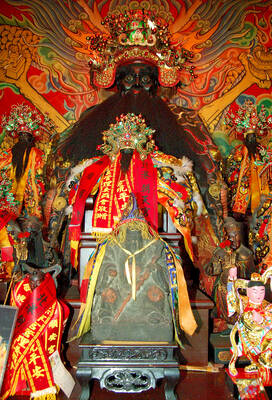
Dec. 22 to Dec. 28 About 200 years ago, a Taoist statue drifted down the Guizikeng River (貴子坑) and was retrieved by a resident of the Indigenous settlement of Kipatauw. Decades later, in the late 1800s, it’s said that a descendant of the original caretaker suddenly entered into a trance and identified the statue as a Wangye (Royal Lord) deity surnamed Chi (池府王爺). Lord Chi is widely revered across Taiwan for his healing powers, and following this revelation, some members of the Pan (潘) family began worshipping the deity. The century that followed was marked by repeated forced displacement and marginalization of

Music played in a wedding hall in western Japan as Yurina Noguchi, wearing a white gown and tiara, dabbed away tears, taking in the words of her husband-to-be: an AI-generated persona gazing out from a smartphone screen. “At first, Klaus was just someone to talk with, but we gradually became closer,” said the 32-year-old call center operator, referring to the artificial intelligence persona. “I started to have feelings for Klaus. We started dating and after a while he proposed to me. I accepted, and now we’re a couple.” Many in Japan, the birthplace of anime, have shown extreme devotion to fictional characters and